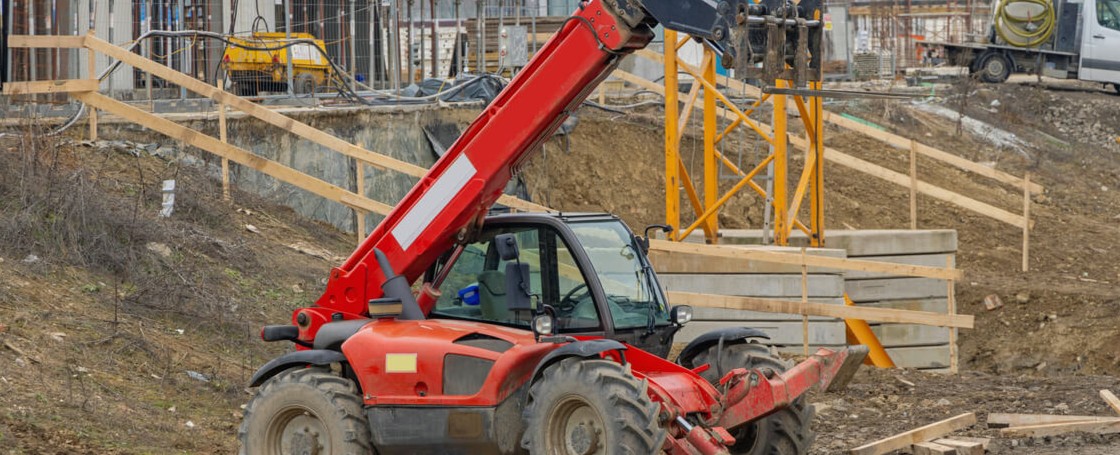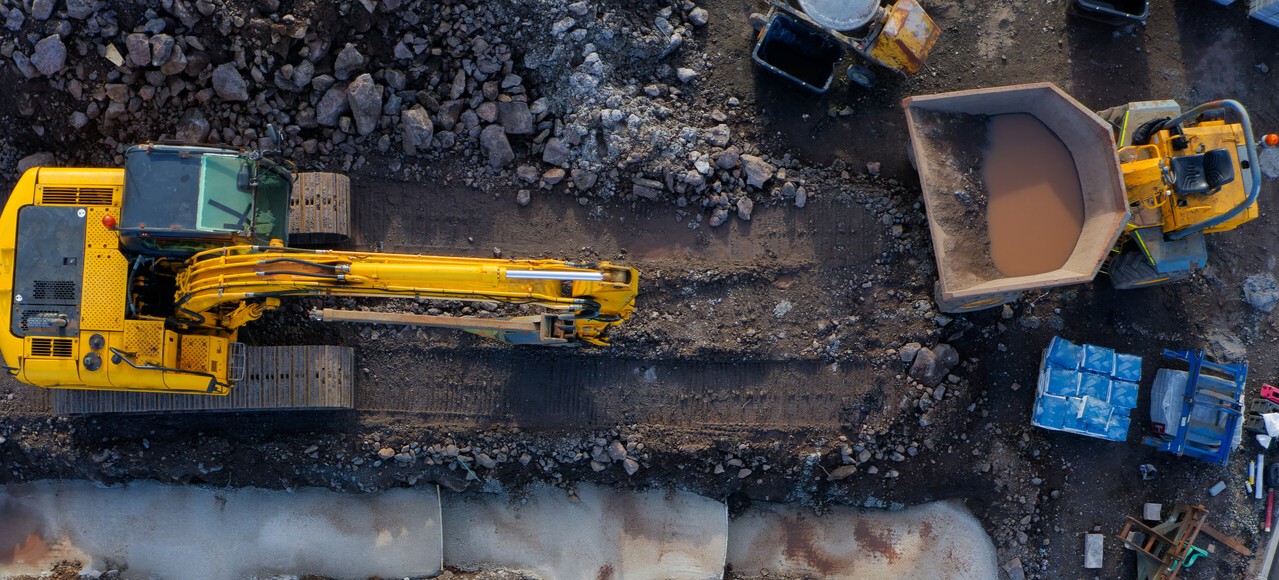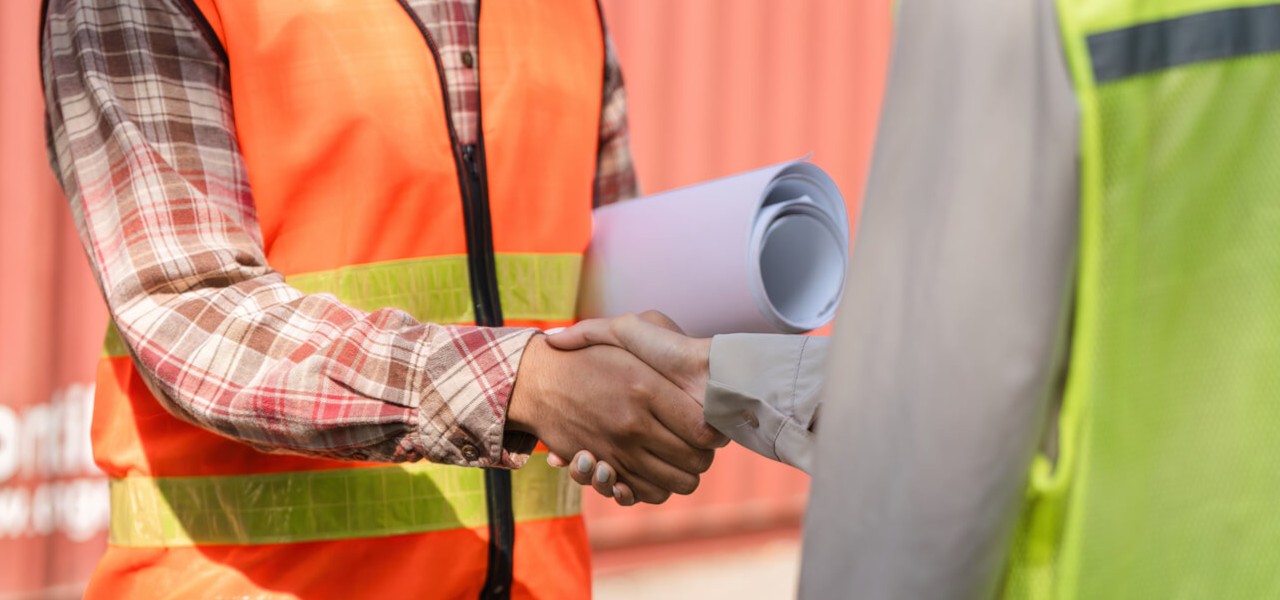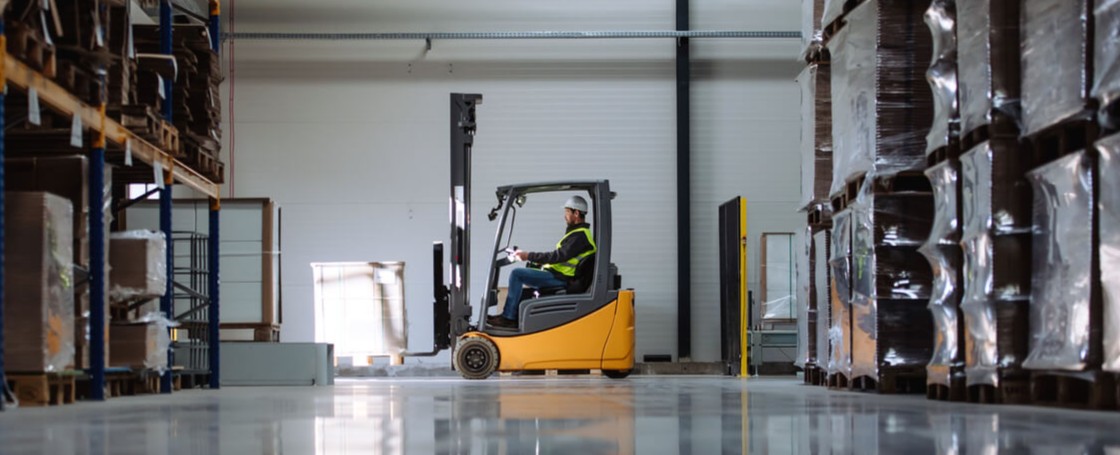
Blog
Working On Uneven Ground? Here’s What to Know Before Hiring a Telehandler

If you’re planning a project that involves uneven, sloped, or unpredictable terrain, hiring the right equipment is critical. Few machines are as useful in those environments as telehandlers.
Many teams rely on telehandler hire for its versatility across different tasks. But terrain plays a much bigger role in telehandler safety than many people realise. Load stability, reach capacity, and tipping risk all change depending on what’s underfoot.
Here’s what you need to know before booking a telehandler for uneven ground.
Why do ground conditions affect telehandler safety?
Telehandlers are designed to lift heavy loads at height and reach. That makes them ideal for lifting materials onto scaffolds, moving palletised goods across sites, or loading materials into trucks. They rely on ground stability to maintain safe working conditions.
If the surface is soft, sloped, muddy, or uneven, the risk profile increases significantly.
Poor ground conditions can lead to:
- Machine instability during lifting
- Excessive tyre wear or sinking
- Load tipping or misplacement
- Damage to underground services
This applies to both rural and urban sites, brownfield, and infill plots where ground levels often shift. For teams exploring telehandler hire, understanding how terrain affects performance is fundamental.
Which telehandler specs are best for uneven ground?
When the ground is unpredictable, choose a telehandler with features built for adaptability. All-terrain telehandlers with four-wheel drive, crab steering, and high ground clearance perform best on sloped or muddy surfaces. Fixed boom machines offer reliable lifting over large areas, while rotating models suit tighter workspaces.
For sites with elevation changes, look for machines with levelling functions or stabilisers. Some models also offer adaptive suspension to help keep loads balanced as conditions shift.
Ask your telehandler hire provider to recommend a model that suits your ground conditions and job requirements.
If your project includes access to hard-to-reach areas or long, repetitive lifts, ask about telehandlers with automatic boom positioning or memory functions. These features can improve productivity and safety by limiting operator guesswork.
What should you know about load capacity on uneven ground?
Each telehandler comes with a load chart showing safe lifting limits, reach, and boom angles based on level ground.
When terrain is uneven, the centre of gravity shifts.
A load that’s safe to lift on flat ground may become unstable on a slope. Even minor tilts can affect tipping risk. Wet or loose ground can cause tyres to settle unevenly, altering machine balance.
Before hiring, make sure your team can:
- Read and interpret load capacity charts
- Adjust lifting based on reach and terrain
- Use stabilisers correctly, if included
When unsure, ask your telehandler hire provider for machines with stability technology or ground-adjustment features.
Which attachments are safest for uneven terrain?
Attachments like forks, buckets, or winches must match the task and the terrain. Rough ground increases pressure at the attachment point, particularly during extended reach.
Some attachments shift the machine’s balance or reduce control. On sloped sites, lighter attachments or rotating telehandlers might be a better fit. Confirm with your telehandler hire provider that your selected attachment suits your site conditions.
In addition, ask about quick-attach systems. These can save time and reduce operator strain during switchovers, particularly on changing terrain.
How do you prepare a site for telehandler delivery?
Before the telehandler arrives, walk the site and assess the terrain. This helps you flag risks early and match the machine to the real-world conditions on site.
Look out for:
- Slopes exceeding 5% grade
- Muddy or waterlogged areas
- Trenches, potholes, or soft spots
- Loose stone or debris that affects traction
Mark hazards clearly, especially for temporary workers or seasonal staff. For mixed terrain, go for models with traction control and all-terrain tyres. Machines with auto-levelling features make a noticeable difference on changing ground.
If you hire frequently, ask your provider what operator support or handover materials are available.
You can also schedule a pre-hire site assessment with your telehandler provider to ensure that selected models are suitable for actual ground conditions. This can prevent costly delivery rejections or delays.
Do operators need extra training for uneven ground?
Yes. Even certified operators benefit from terrain-specific refresher training.
Operators should:
- Drive slowly across slopes
- Keep loads low while in motion
- Avoid sharp turns or sudden braking on inclines
- Use spotters when visibility is reduced
Regular ground checks matter. Surface conditions can change mid-shift after rain, frost, or site traffic.
At Glosrose, we provide guidance at the point of hire to ensure teams understand how to operate safely.
For sites with higher risk factors, we recommend pairing hires with optional on-site training or pre-start briefing sessions.
Can a site walk reduce risk?
One Glosrose client working on a hillside project in Kent originally planned for a standard machine. A quick walk revealed a loose gravel track and incline. Our team recommended a 4×4 telehandler with adaptive levelling and deep-tread tyres.
That adjustment kept the job on schedule and avoided delays. Ground checks make sure your telehandler hire meets the real demands of your project.
Will uneven ground affect your hire duration?
Yes. Challenging terrain can slow down lifting and logistics. You may need extra time to load, transport, or manoeuvre materials safely.
Plan for this from the start. A flexible telehandler hire provider will help you build in buffer time and adjust your hire duration if needed.
What questions should you ask before hiring?
Ask these key questions to avoid guesswork:
- Will this machine handle my site’s terrain?
- Are levelling functions or stabilisers included?
- Are the tyres right for surface conditions?
- Will attachments remain stable during reach?
- Can the hire period be extended if required?
The right answers help you plan efficiently and protect your team.
Speak with specialists who understand terrain
Your team’s productivity and safety depend on choosing the right machine for the ground you’re working on. When it comes to uneven terrain, experience and good advice matter.
At Glosrose, we take the time to understand your site before making any hire recommendation. Whether you’re hiring for a week or a full project cycle, we’ll make sure your machine fits the job.
Contact us to book a tailored telehandler hire that works for your terrain.
You May Also Like


Hiring Forklifts for Seasonal Staff? Avoid These Operator Handover Mistakes

Why Quality Parts and Servicing Are Key to Long-Term Forklift Performance
Get in Touch
Not sure what you are looking for or need some advice for your requirements? Get in touch with us today and a member of our experienced team will be more than happy to help answer your questions.
